Rarely have I written here about the greater geopolitical state of the world. The few times that something has come up in that vaguely political area, it’s been specifically related to technology. However, COVID-19 is changing our world at a rate unlike anything we’ve seen in our lifetimes. It’s certainly making life “interesting” in ways I think most of us would prefer we not deal with. Even though this charge is hard it is not the end of the world (though sometimes it may feel like it).
The ways in which our society has already changed in just a few months will be studied for decades to come. We’ve changed the way we work, the way we travel, the way we shop, the way we interact with our friends and families… and thousands more changes, big and small. We’ve gone so far as to cause probably the greatest positive immediate change in the environment that has ever been recorded. There will also be many changes yet to come which we cannot even begin to predict. However we have the time to sit down and think about it, so what are some possible outcomes.
Remote Work
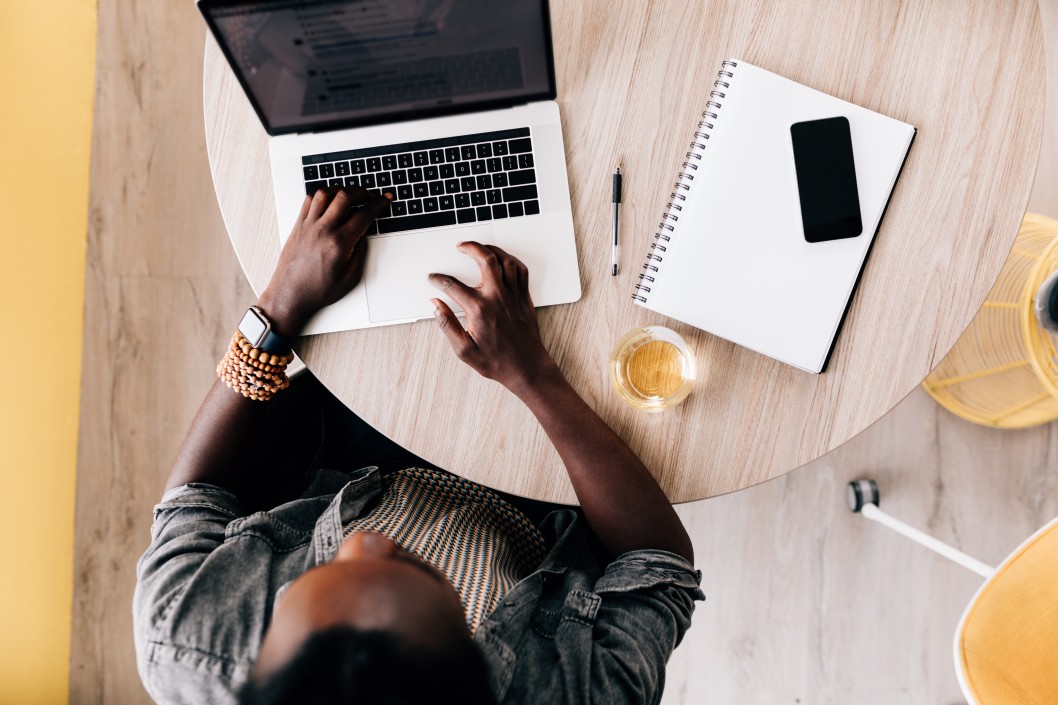
If you’re still working right now, the odds are good you are either doing an essential job… or working remote. For a lot of people the idea/concept/execution of working remote is hard and scary. The older generations are unaccustomed to the concept that a job can even be done “remotely”. It’s certainly something that is basically unprecedented in the history of working. Working from home was not all that unusual up until the industrial revolution, where else did people knit clothes and tend their farms? At home. Once we had the industries going your job generally required you to go to an office, a factory, or travel (which is a special case).
Now technology has allowed times to change. We can work remotely. However, as COVID-19 came in and companies were pushed rapidly to work from home, many were not ready to adapt. The average office has specific features that companies assume they’ll always have. After all, offices have been around for a very long time now. A phone system didn’t need to do anything but ring the physical device at your pre-assigned desk. Quick communications, beyond email, didn’t need to happen because you could just walk over to the other person’s desk/cube/office. Access to server resources wasn’t allowed outside the office. Throwing all the workers out at the same time you’re trying to organize this shift to remote work, makes it doubly hard to adapt.

On the flip side, many groups were ready for this change. In tech today, many offices are just a glorified Starbucks. They have fast internet, people distracting you, and some sort of food/drink stuff. There is no special technology in those offices. The servers are “In the Cloud” and the cloud can be accessed anywhere there is internet. People went to the office because that’s what they were supposed to do, or that’s what their bosses wanted to them to do… or that’s what they wanted to do.
The Economist has a good piece titled “Death of the office” which discusses the history of the offices and why we don’t really need them. We’ve created this infrastructure and accepted it as “The way things work” for a long time now, but that doesn’t mean it has to work that way. Some jobs will always be in person, a factory worker can’t work without a factory. However a person at a computer probably doesn’t need to work in a specific predefined location. Maybe they want to, but that’s a different story.
Commercial Real Estate
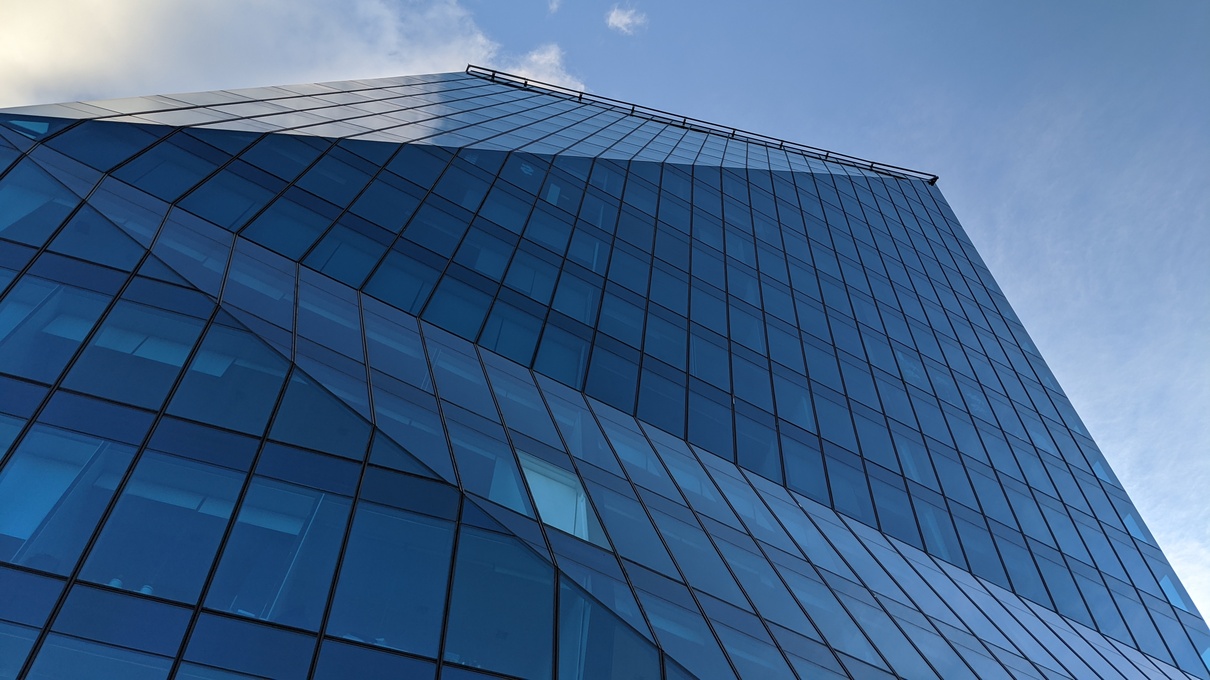
Already it has been reported that a number of companies have figured out that that this remote work thing does, in fact, work. “Google expects its staff to work from home until 2021 and it’s not alone” & “Twitter Will Allow Employees To Work At Home Forever” are just two examples of companies adjusting to our new “normal”. Many of these same companies have already mentioned cutting back their investment in large headquarter’s real estate. In San Francisco it can be upwards of $90 per square foot, per year, for an office space. What does that mean to mere mortals? Well 3,000 sq ft, which is a nice size for a house, but not so much for an office when you think about bathrooms, kitchen, conference rooms, desks, reception… would be about a quarter million dollars a year. It’s been a while since I’ve done any facilities work, but I think it used to be assumed that each employee needed at least 150 square feet minimum (for both shared space and dedicated space such as desk, chair, etc) – which means each employee costs about $13,000/year just to be in that office. Needless to say when you’re talking about even a hundred employees you can start to talk about real estate costs in the millions per year – that’s a lot of money.
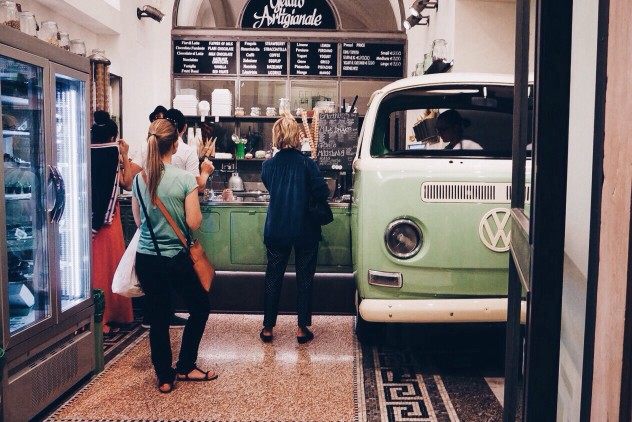
Those rates are going to crater. Which is going to be good in that a price adjustment was needed, but bad in that a lot of people are going to be very unhappy. Businesses that are in long term contracts (office leases beyond a few dozen people start in the 5-10 year terms in SF) are going to want to fight to get a price break and the landlords are not going to love that idea. The companies that own the buildings have spent a lot of money buying and building up as much as possible. The change we’re seeing with remote work is not just a “deflation” of the needs for commercial real estate, but the bottom dropping out. This will also probably kill a lot of small businesses that lived around these large businesses.
Mass Transit & Transportation
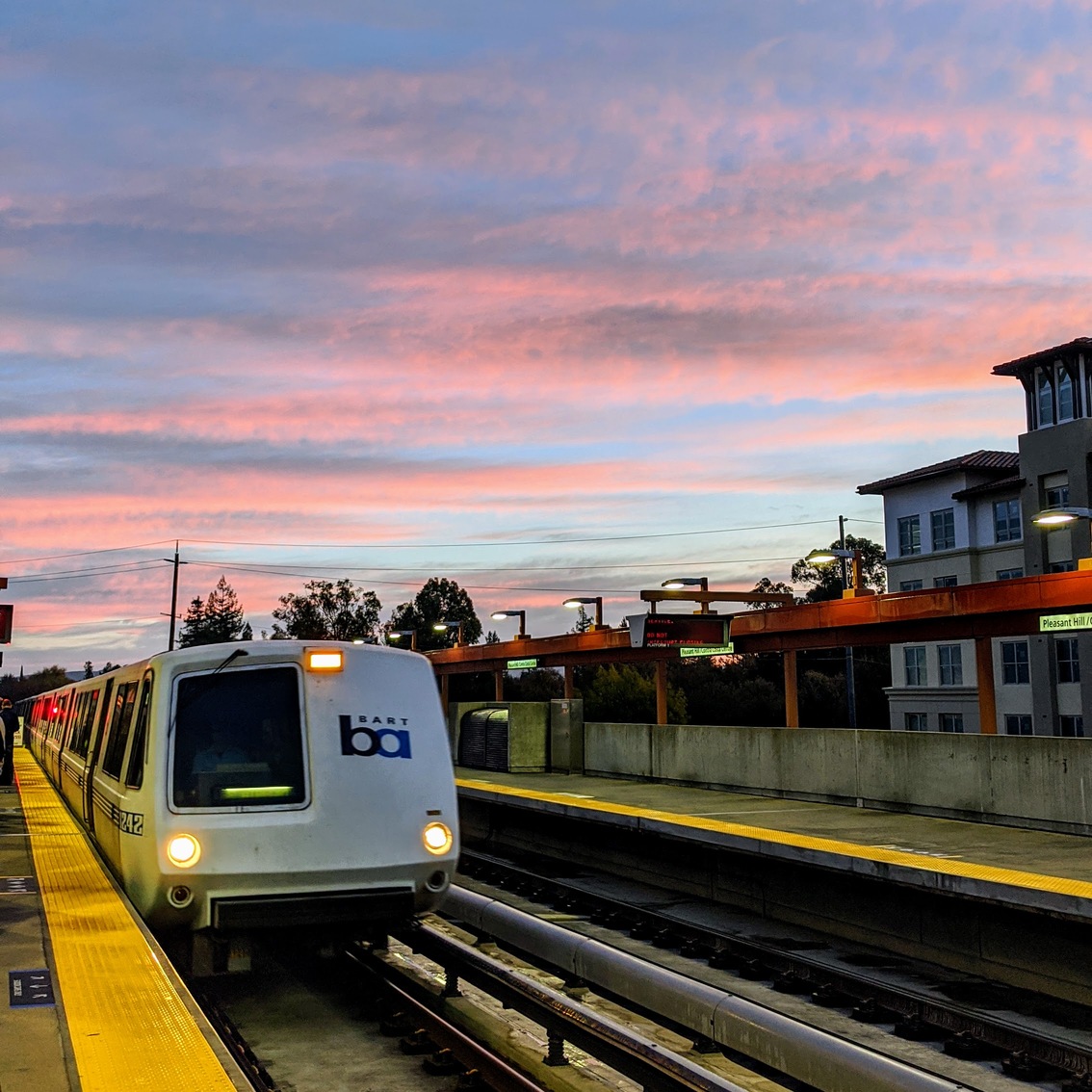
Even on the best of days being stuck in a rolling tin can for an hour train ride with 200 of your closest “friends” jam packed shoulder to shoulder, wasn’t fun. Until there is some form of resolution to COVID-19, be that a vaccine, herd immunity or magic… traveling in large groups is not going to be something most people will want to do if at all possible. Regional transit systems like BART are reporting 90+% fall in ridership and it will likely continue to be way below baseline as people work remotely. Unfortunately some people will still need to go to their place of work, since not every job can be done remotely, and many of those people will (rightly) try to avoid mass transit like BART. The news already has headlines such as “Bay Area traffic to surge after stay at home order lifted, according to study“, on this topic.
For those who can afford to drive in to work, this is going to suck. But the hardest hit will be those who can’t afford to drive. They will be forced onto mass transit systems hopefully lightly enough populated that getting sick won’t be as likely. However those same systems will also be gutted due to lack of funding. BART is running a massively reduced schedule and less hours a day. Even cities with world famous transit systems have been adversely affected. New York City’s subway has had to end 24 hour service and London has reduced trains and buses.
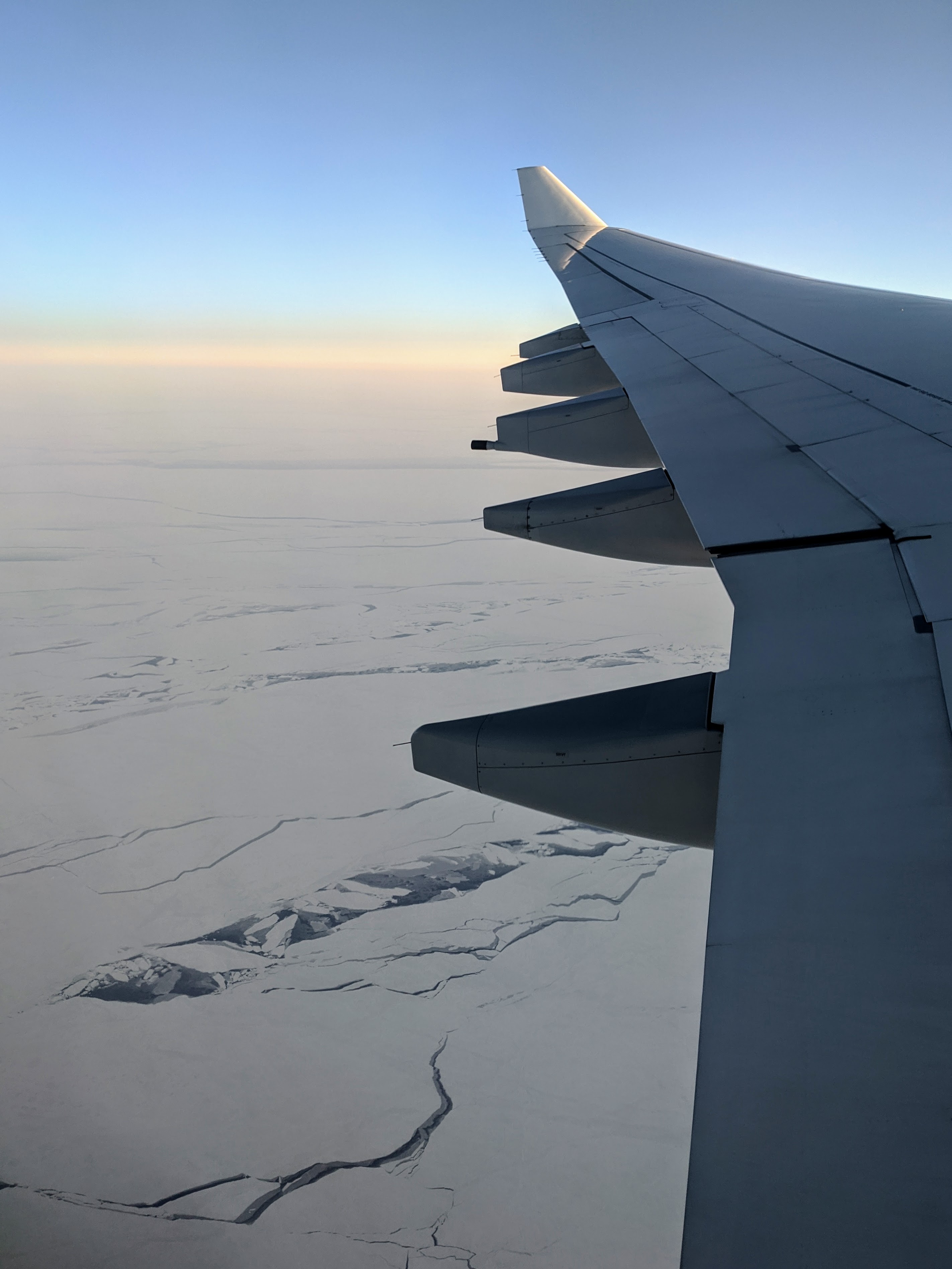
Of course air travel is also hard hit with usage levels below that of anything in the last 50 years. This will likely take much longer and be much more expensive to recover. Sadly that means a lot less long distance and international traveling. In the past, the first to pick up was the more critical business travel which is more tolerant of the travel costs. Likely this will be the case again, however with more people getting comfortable video conferencing, there may be significantly less business travel for a long time. For the last 50 years, the world has been “shrinking” with the ease of travel – now all that work has been reversed in a matter of weeks.
On the flip side It may be a boon for the driving vacations of yester-year.
Housing Preferences
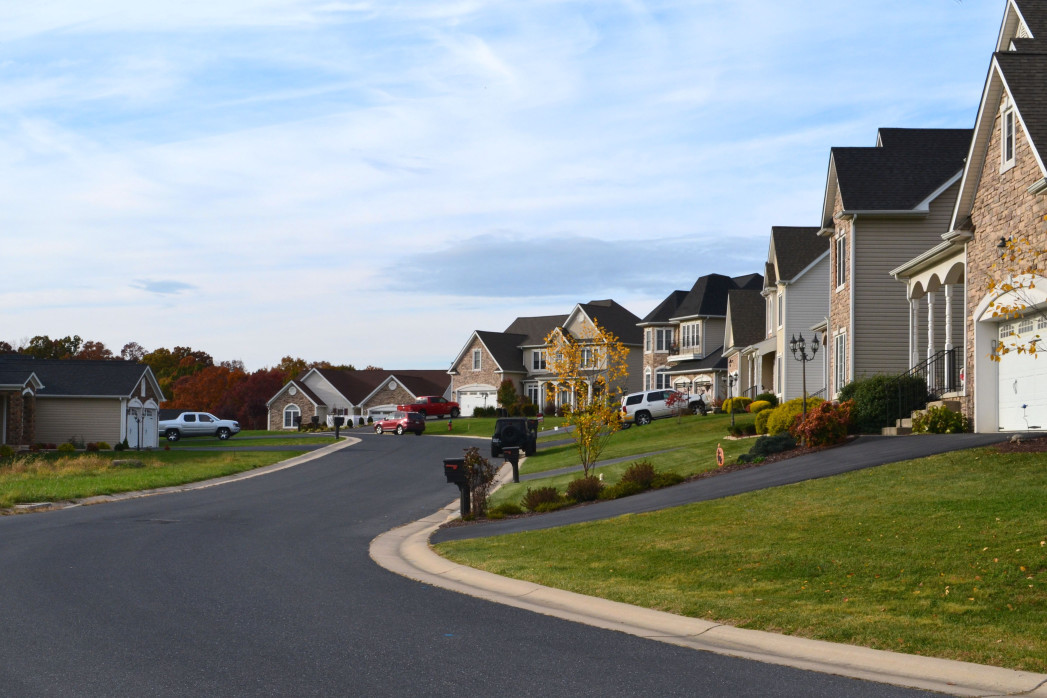
One of the more interesting trends to watch in the long term, will be preferences around houses, both type and location. Recently my wife and I bought a house and one of the driving factors on location was access to mass transit to the city. We’re clearly not alone in that as houses closer to BART stations are more expensive than ones beyond walking/biking distance. In that, we were lucky we moved, from a tiny apartment in the city, to a house in the suburbs before the shelter-at-home orders came down.
If we didn’t have any plans to commute, we would have likely chosen other another location. Remote Work is likely going to color a lot of peoples’ choices over the next decade or so, especially those without young kids still in school. If people don’t need to commute, it no longer matters if they live close to the office (if there even is an office). People will be free to move anywhere in the country (and possibly beyond) while still retaining their jobs. They will also have the option to change jobs to other remote work. Prior to COVID-19, finding a remote-only job wasn’t terribly easy and now it seems like almost every company is a “remote company” (to some extent).
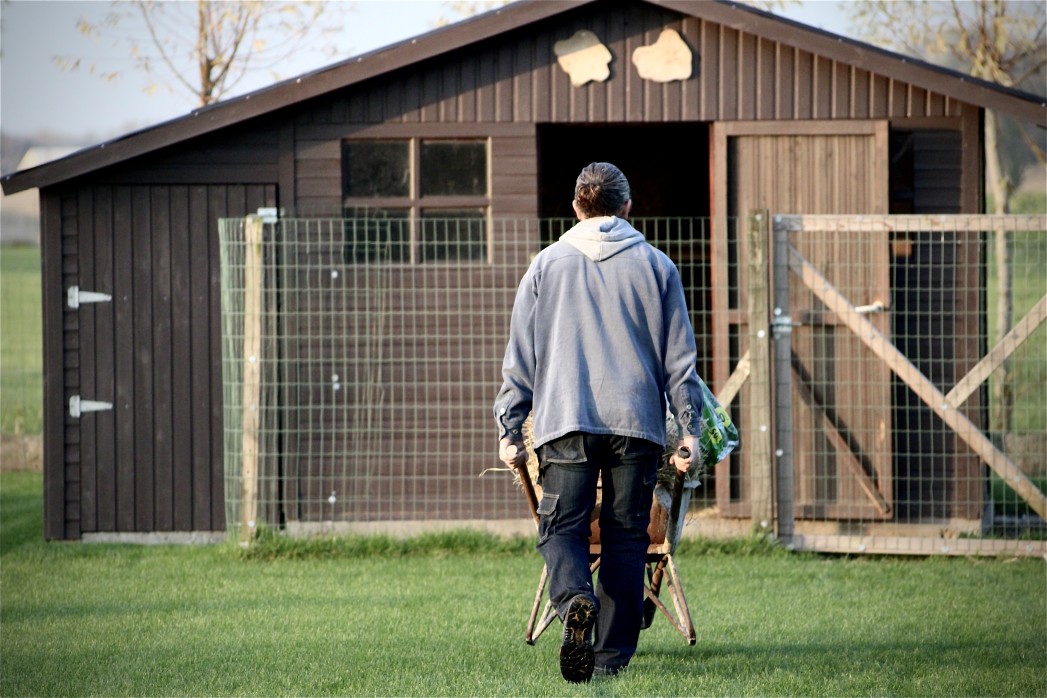
The desire for types of houses will also shift and people move farther from urban centers and have more choices (and perhaps more buying power). With one or both adults of the typical American family unit working remote, they will likely desire their own “office” space. This may come in the form of people buying houses with more bedrooms (to convert into offices) or larger yards to add free standing office spaces. If foot shortages continue, “victory gardening” and facilities for greater food storage will also likely be popular.
Employment
Right now the unemployment level in the USA has jumped to a level greater than any time since it stared recording in 1939. The only time it’s been higher (by estimates only) is the Great Depression of the 1930s. The spike in unemployment is caused by all this change we’re seeing, happening so rapidly. It the second most concerning piece of COVID-19. Will some of these jobs come back? Most certainly. However we will also see a lot of people needing to change with the times – which will be hard.
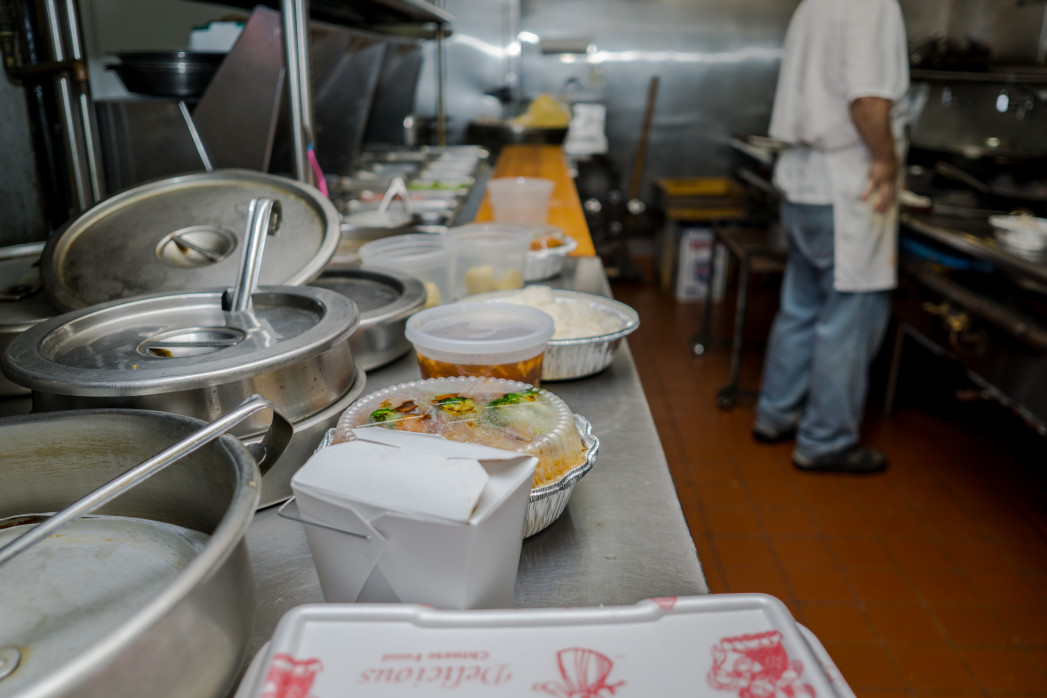
Food is something that’s easier to see the adaptation taking place, in semi-real time. Where dine-in restaurants were previously popular now it’s all about the take out (or “take away”) and delivery options. People once driving for Uber & Lyft are now finding work at delivery companies like GrubHub and DoorDash. Many restaurants may close, but in their wake will be many more delivery options – potentially out of cheaper ghost kitchens.
At the end of the day…
This adventure in COVID-19 is going to suck. The world has not seen anything like what we’re seeing today since the 1918 flu pandemic more than 100 years ago. Fortunately we’re not at war and we’ve learned a lot more about germ theory since then. We have technology that allowed huge amounts of our economy to work remote without being too adversely impacted. We can stay home and still stay in touch with our friends and family around the world. Even many TV shows have figured out how to adapt to social distancing so we can continue to be entertained as we stay home.
The Second Wave of the Spanish Flu was devastating and the potential for COVID-19 to strike back up in a few months time is very real – so until we have this thing beat… please stay safe out there. Better bored than dead.

